Planet earth has the shape of an oblong ellipsoid composed of different layers, which go from its center to its outer surface. The outer layer, which is thin and brittle, is called the crust. With a thickness of 8 to 40 km (5 to 25 miles) it is made of fragments of different sizes that fit together like the pieces of a puzzle. These fragments are referred to as plate tectonics. They often move, causing earthquakes, and when they do so abruptly, they can have catastrophic consequences for human populations.
Earth’s crust forms the containers and the floor of the oceans, including the ocean basins, cliffs, mountain ranges, hilly regions, and valleys.
The varied forms that the crust can present is known as relief and partly owes its appearance to the rocks that compose it. The rocks are classified by experts according to their formation process or the minerals that compose them.
Earth’s newer crust, and consequently new rocks, are formed every time a volcano erupts or in the deeper regions of the oceans where new ocean floors are constantly being formed. Lava is very hot, molten (melted) rock that rises to the surface from very deep regions of the planet. When this happens, the rocks are called extrusive (or volcanic) igneous. Basalt is one example. When molten rocks find their way to the earth’s surface but fail to completely emerge, they solidify (or lithify) in fissures found in the crust and become intrusive igneous rocks. Granite, which is sometimes used in construction, is a type of intrusive igneous rock.
When tectonic plates move, they can compress, bend, and subject the rocks that make them to great pressures or temperatures. This often causes changes in the crystals that form them and their chemical composition, forming metamorphic rocks.
Exposed rocks on the earth’s surface disintegrate, crumble, and dissolve when exposed to rain, wind, plants and animals, and other forces. When this happens, small fragments are formed, known as sediments. Sediments are generally transported by wind, snow, or water and are deposited in flat areas with little slope, such as valleys and ocean floors. Over time the sediments as well as the remains of other organisms such as shells and plant remains harden (or lithify) forming new rocks, which are known as sedimentary rocks. Limestone is one common type of sedimentary rock (Strahler, 2006).
The map in this section shows the different types of rocks and sediments that make up the Estuary area. This region includes the foothills of the mountainous interior, regions of swamps, wetlands, and the coast. This is why we see great diversity in the types of rocks and sedimentary deposits. Alluvial materials, a type of sediment formed and transported by the action of water, are the most prevalent (31%), followed by sedimentary rocks (15%), artificial fill (14%), and other sedimentary deposits (8%).
It should be noted that this is a predominantly urban region that has undergone great changes due to human activities. The construction of houses, buildings, or roads involve the removal of sediments, the channeling and diversion of rivers, the creation of terraces in hillsides or mountains, and the deposit of artificial fill. This leads to a change in the relief, the original sediment deposit areas, and the configuration of the natural landscape.
This is a region that includes a diversity of landscapes: in its extreme north, it has stony and flat sandy coastal zones, wetlands, alluvial plains, and hills that contain the foothills of the central mountainous interior of Puerto Rico. This is why we see a great variety of geological substrates including floodplains (31%), sedimentary rocks (27%), artificial fill (14%) of urban constructions and developments, and swamp deposits (12%).


